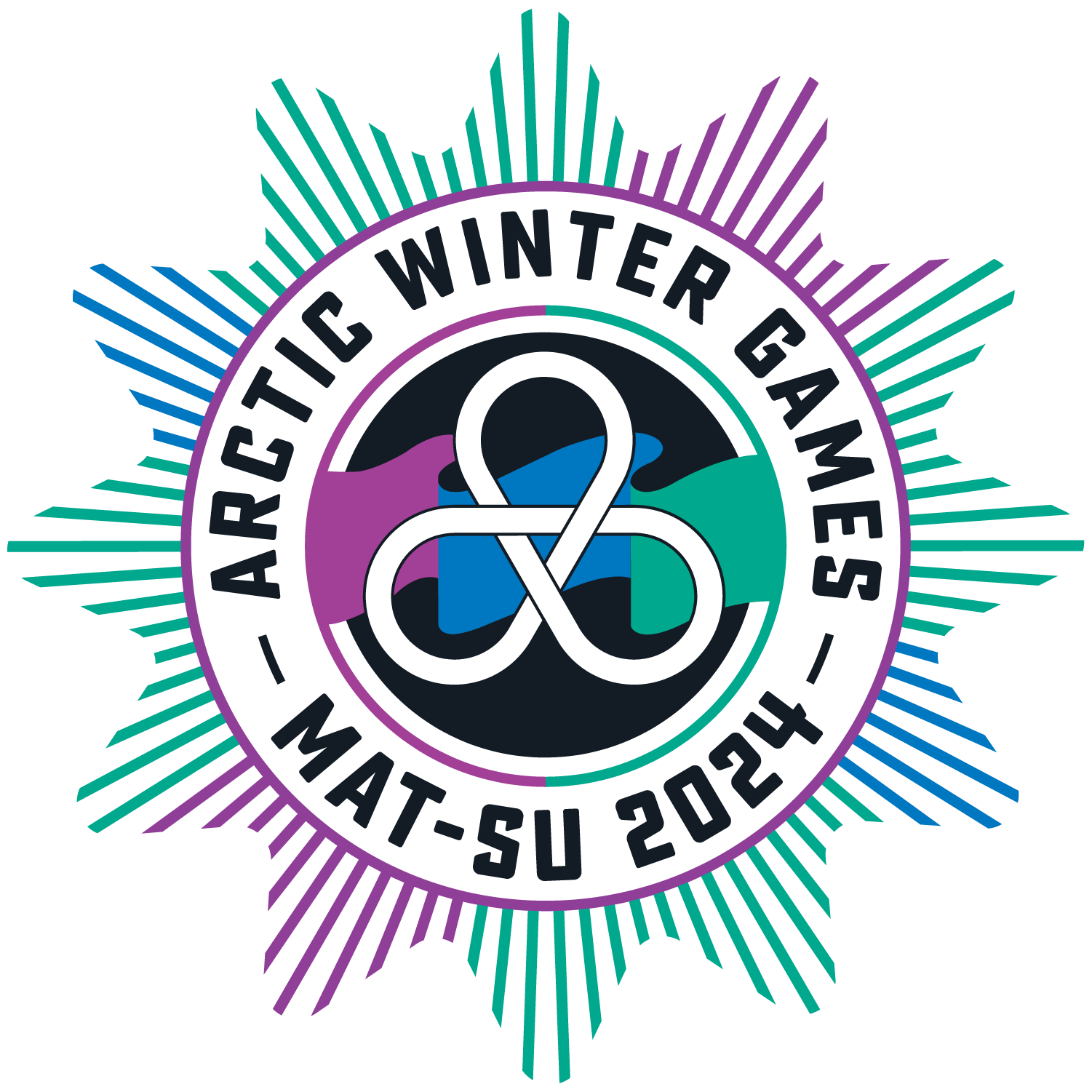Arctic Winter Games Carnival Highlights Indigenous Justice
- Loree Rayback
- Mar 16, 2024
- 3 min read
In the Raven Hall during the Arctic Winter Games carnival, vendor tables are set up row after row, and tucked away in a corner of the building is a unique vendor, dispensing knowledge and promoting justice. The booth had pins, stickers, pens, balls, and literature to give away, as well as water bottles. A map with red pins marking places important to missing or deceased loved ones took up part of the space. A large pile of life-size red paper kuspuk silhouettes are ready for names in memory of friends and loved ones passersby can fill out. This is a booth where Knik Tribe has collaborated with Data for Indigenous Justice to raise awareness of a serious problem: Missing and Murdered Indigenous People. Photographs of some of the Alaskan missing and murdered indigenous people line up across the floor.
Missing and murdered indigenous people (MMIP) is a heavy topic. The statistics bear witness to the heart wrenching extent of the crises: murder is the third leading cause of death for Native women, and 30% of the cases of murdered and missing indigenous women and girls do not exist in law enforcement records.[i] The way data is collected, the absence and poor quality of data and the way it is shared or not shared across agencies is a huge part of the problem. In spite of the absence of data, a 1922 congressional report stated that “3.6% of the missing persons included in the National Missing and Unidentified Person System (NamUs) were identified as AI/AN, which was approximately four times their percentage in the U.S. population (0.9%).”[ii]
Charlene Aqpik Apok, executive director and co-founder of Data for Indigenous justice was there at the booth, explaining the obstacles, and highlighting some of the resolutions that have been made through her collection of data. Apok is very serious about the importance of good data collection practices, standardization of definitions and terminology in order for data to be shared accurately, and interagency cooperation in order to promote awareness and solutions toward MMIP. In 2021, her group gathered and were able to reclaim 229 cases, and today they have documented over 1,000 cases.
Jessica Svetkovich, Department of Justice Coordinator for Knik Tribe said that currently there are 4 MMIP investigators in Alaska; Investigator Cook, who is housed over at the Troopers Station in Palmer, is assigned to the Matsu Borough. As an initiative of the justice department, Knik tribe adopted a community response plan to missing persons and formed a Community response team. The cooperation between Cook and the Community Response team has been good, and they meet every month.
The Indigenous led MMIWG2S Alaska Working Group is an interagency coalition that combines the Alaska Native Women’s Resource Center, the Alaska Native Justice Center, the Alaska Native Heritage Center, Data for Indigenous Justice and the Native Movement to promote change for the good. MMIWG2S stands for Missing and Murdered Indigenous Women, Girls, and Two Spirited. They are committed to shared values and the safety and well=being of Native people. They strive to push for action to address the MMIWG2S crisis in Alaska.
Knik tribe held an interactive activity at the MMIP booth. Large red paper kuspuks were meant to be filled in with a murdered or missing indigenous loved one’s name and a sentiment. The finished kuspuks will be laminated and displayed during an MMIP Call to Action during the week of April 29th through May 3rd, culminating in MMIP day of May 5th. Knik will host a sign making event, a red kuspuk making event, a movie night with a speaker, a rally downtown Palmer, on the corner of Parks Highway and Crusey Street.
Svetkoich said that recently, this cry for justice, increased activity, and larger voices have led to more awareness surrounding the topic. She said the MMIP logo of the Knik Tribe is displayed on the water bottles she is handing out. It is a red handprint surrounded by red feathers, below which is the term “Q’u Shih Qugh” which means “Enough!”
